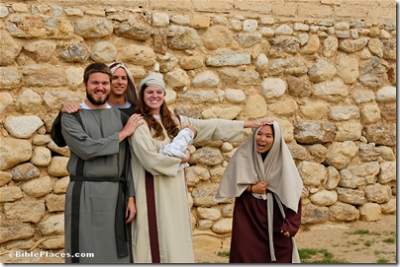Bible Software Review has recently posted a helpful review of the Pictorial Library of Bible Lands.
Rubén Gómez lives in the Mediterranean basin, but has not traveled to the biblical lands.
The saying goes that an image is worth a thousand words, and this is truer than ever in the case of The Pictorial Library of Bible Lands (PLBL). No review can make justice to the fine pictures and excellent presentation of this product. It is the next best thing to actually being there! I love it!
He put the Pictorial Library to the test in preparing a sermon.
Since the proof of the cake is in the eating, I used the slides on Capernaum (Figure 2), among others, to prepare a series of sermons on John 6. I can ass
ure you that watching the shots from the Sea of Galilee and spending some time looking at the remains of the synagogue in Capernaum, built on the earlier basalt level where the original edifice once stood — and where Jesus most likely delivered his bread of life discourse –, brought everything to life and certainly helped a lot in seeing the whole picture of the episodes found in that chapter. It certainly enriched me in no small degree.
The review includes several helpful screenshots that illustrate several of the methods to access the photographs and notes. Ruben’s kind words are greatly appreciated, as is his faithful work in reviewing various Bible software products. His site is a beneficial resource to all!
